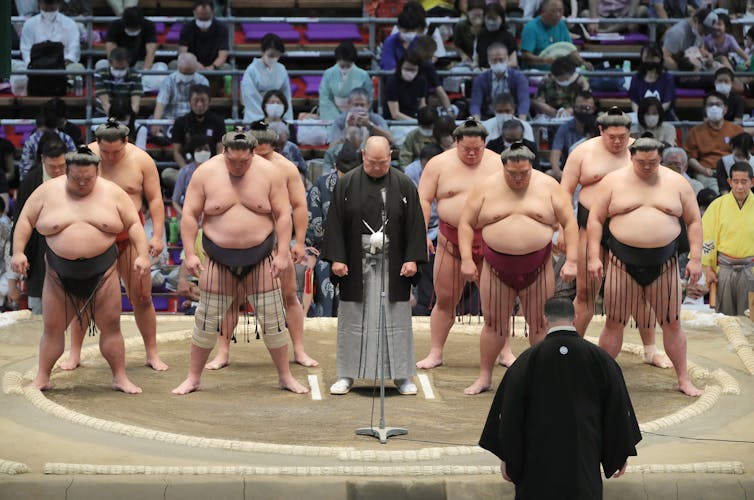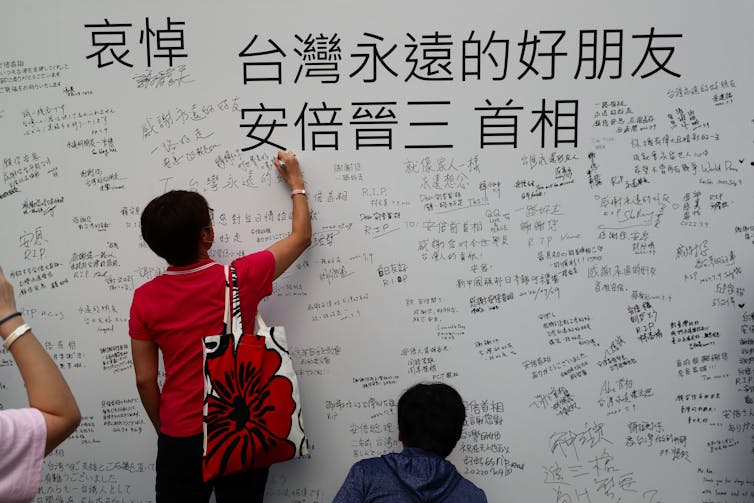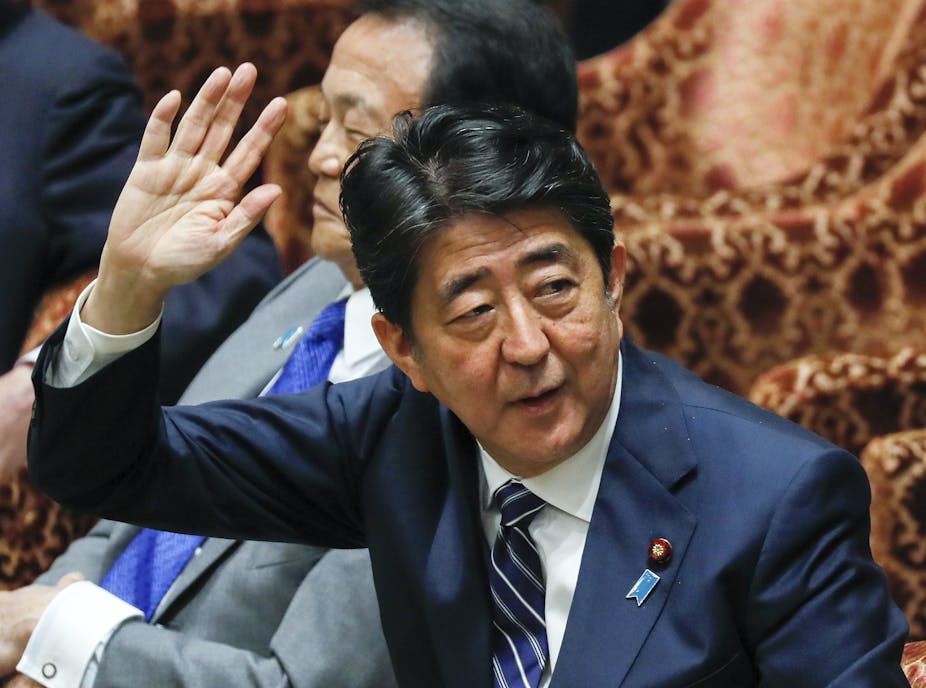The assassination of former Japanese prime minister Shinzo Abe has shaken the nation to its core. Abe was murdered while making a speech in support of the ruling Liberal Democratic Party (LDP) candidate in Nara in the run-up to last weekend’s elections – but, based on early reports, the shooting did not have a political motive.
Tetsuya Yamagami, who stands accused of the murder, was reportedly motivated by anger towards a religious cult that he blamed for the loss of his family’s fortune. His mother has subsequently been identified as a member of the Unification Church, also referred to as the “Moonies”. Full details have yet to emerge.
Abe is arguably the most important figure on the right of Japanese post-war politics. He served as prime minister between 2006 and 2007, resigning due to ill-health, and then again from 2012 to 2020 when he stepped down – citing a return of the ulcerative colitis which had cut short his first term of office. His prime ministership was marked by his new approach to economics, which became known as “Abenomics” and involved structural economic reforms coupled with quantitative easing to encourage lending and investment.
He also called for a shift in Japan’s defence policy away from the pacifist stance imposed by the US after the second world war under which Japan pledged, via Article 9 of its constitution, not to maintain land, sea and air forces, “as well as other war potential”.
Since stepping down as prime minister, Abe continued to be an influential member of the LDP and returned to the leadership of the LDP’s largest faction, the right-wing Seiwa Seisaku Kenkyu-kai. He is also a key member of the Nippon Kaigi, a right-wing lobby group formed in 1997. Abe’s 2018 cabinet contained 22 out of 24 ministers who were also members of Nippon Kaigi.
Abe’s legacy
Abe will be remembered as a politician who adamantly sought to transform Japanese politics. As well as promoting the so-called “Abe doctrine” – the move away from six decades of state pacifism, Abe also sought to boost Japan’s international presence.
He did this by strengthening partnerships with the country’s western allies through various treaties in order to solidify Japan’s liberal international standing and counter China including the Comprehensive and Progressive Agreement for Trans-pacific Partnership, Japan-EU trade agreement and Japan-UK trade deal and the Quadrilateral Security Dialogue (Quad). His commitment to “take back Japan” appealed to many Japanese people, drawing – as it did – on nationalism to boost his popularity and strengthen his leadership.

Nevertheless, Abe’s nationalist tone often destabilised Japan’s diplomatic relations, especially with neighbours China and South Korea. Japan had a major disagreement with South Korea over the vexed issue of the former’s use of sex slaves, often referred to as “comfort women”, during the second world war.
This came to a head in 2015 over Japan’s attempts to request a US publisher to revise the passages in history textbooks about the issue. The row eventually led to a major trade dispute, resulting in limiting bilateral trade.
Likewise, Abe’s refusal to apologise for the the mass rape of Chinese women in Nanking in 2015 also severely damaged relations with China.
Abe will also be remembered for the considerable control and influence he had over the media in Japan, which had led to him being accused of undermining press freedom. There were allegations that he orchestrated the removal of controversial television presenters who dared to voice criticism of his domestic and foreign policies.
There were also accusations that the Liberal Democratic Party rigged press conferences to prioritise questions from journalists favourable to the party. Abe’s government was accused of appointing like-minded figures to senior ranks within the state broadcaster, NHK. Press critics and some foreign journalists complained of intimidating government behaviour. The relentless pressure from Abe and his government has led many critics to accuse Japanese media of subsiding into a state of self-censorship.
The problem with Abenomics
But Abe’s legacy will perhaps be most closely associated with his economic programme, “Abenomics”. While the debate continues over whether it was successful at stimulating growth, it also prompted considerable public discontent. Initially, the policy focused on expansionary monetary policy, flexible fiscal policy and an attempt to restructure the national economy.

Abenomics 2.0 followed between 2015 and 2020 – and was in many ways a programme of levelling up, attempting to respond to the demands of the so-called “left behind” in Japan, as well as addressing gender inequality and representing the interests of the low-paid and people on welfare. This represented an attempt to recover Japan’s economy after its “lost decades” of economic slowdown.
But critics tend to view Abenomics as a set of recycled, repackaged policies that amount only to minor tinkering which in fact made Japan’s socioeconomic problems worse and resulted in stagnating wages, a poor work-life balance and increased gender inequality.
This failure to effectively address inequality led to a rise in protest and dissent – especially among the growing class of precarious and low-paid workers.
In turn, Abe’s controversial foreign policy positions in the region prompted widespread criticism and failed to mitigate the tensions with China and Korea. His determination to move Japan away from its pacifist constitution angered many – polls show that less than half of the population supports this change.
Abe may have cited the return of his colitis for his decision to resign in September 2020. But ultimately his decision was more influenced by a number of damaging scandals and plummeting public approval ratings for the performance of his cabinet.
It appears that none of this was a factor in his murder. And regardless of his sometimes controversial policy platforms, Abe will be remembered as a powerful leader in Japan’s political history, who – whether for positive or negative reasons – put Japan in the spotlight internationally.

